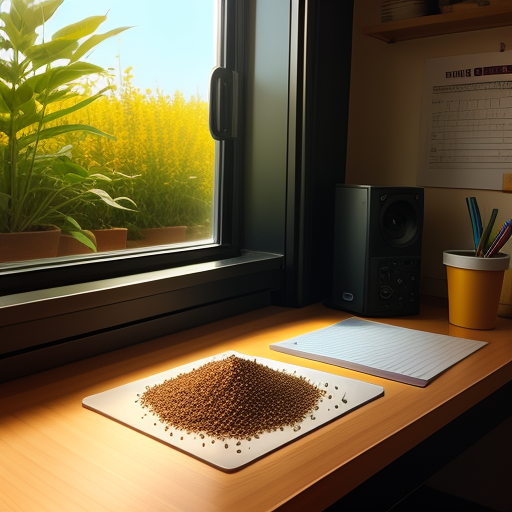
Video production is an intricate art form that combines technology, creativity, and storytelling. It is a powerful medium that has the ability to captivate audiences and convey messages in a visually compelling manner. In today’s digital age, where attention spans are short and competition for viewership is fierce, mastering the art of video production is essential for businesses and individuals alike.
The Power of Visual Storytelling
Humans are visual creatures, and the power of visual storytelling cannot be overstated. Video production allows stories to be told in a way that engages the audience’s emotions, creates connections, and leaves a lasting impact. When done effectively, videos can evoke laughter, tears, or excitement, creating a memorable experience for viewers.
Whether it’s a short promotional video, a documentary, or a full-length feature film, the art of video production involves combining various elements to create a cohesive story. From scripting and storyboarding to lighting, editing, and sound design, each step is crucial in ensuring that the final product resonates with the intended audience.
The Importance of Pre-production
The key to successful video production lies in effective pre-production planning. This phase involves brainstorming, conceptualizing ideas, and creating a solid plan to execute the project efficiently. It includes tasks such as defining the target audience, determining the video’s purpose, and crafting a compelling script.
During pre-production, it is essential to consider factors such as location scouting, casting, and budgeting. Choosing the right location can transform a video’s visual impact, while selecting the right cast can breathe life into the characters. Budgeting, on the other hand, ensures that the project stays on track and resources are allocated efficiently.
The Role of Lighting and Composition
Lighting and composition play a significant role in video production. The proper use of light can create different moods and atmospheres, setting the tone for the story being told. Whether it’s natural light, artificial lighting, or a combination of both, understanding how to manipulate light is crucial.
Composition, on the other hand, involves the arrangement and placement of elements within the frame. Proper framing and composition can draw the viewer’s attention to specific details or create a sense of balance and harmony. By utilizing techniques such as the rule of thirds, leading lines, and symmetry, video producers can create visually pleasing and engaging shots.
The Art of Editing
Once the footage has been captured, the art of editing brings the story to life. Editing involves selecting the best shots, arranging them in a coherent sequence, and adding transitions, effects, and sound design. It is during this phase that the video truly takes shape.
A skilled editor understands the importance of pacing, rhythm, and storytelling. They know how to manipulate time and create seamless transitions to keep the audience engaged. By utilizing sound design techniques, such as adding music, sound effects, and narration, editors can enhance the overall viewing experience.
Optimizing for Search Engines
Optimizing video content for search engines is crucial in ensuring that it reaches a wide audience. By implementing search engine optimization (SEO) techniques, videos can rank higher on search engine result pages and attract more viewers.
To optimize video content, it is essential to conduct keyword research and incorporate relevant keywords into titles, descriptions, and tags. Additionally, creating a visually appealing thumbnail and including transcripts can enhance the video’s discoverability and accessibility.
The Future of Video Production
As technology continues to advance, the future of video production holds tremendous potential. With the rise of virtual reality (VR) and augmented reality (AR), video producers can explore new ways of storytelling and immersive experiences. Additionally, the proliferation of social media platforms and streaming services provides endless opportunities for video content creators.
Furthermore, as audiences become more discerning, video producers must adapt and evolve their techniques. Understanding viewers’ preferences, embracing new trends, and continuously honing their craft will ensure that video producers stay relevant and continue to captivate audiences.
Conclusion
The art of video production goes beyond simply capturing moving images. It involves meticulous planning, attention to detail, and a deep understanding of storytelling techniques. By crafting visual stories that captivate, video producers have the power to leave a lasting impact on their audience. With the right combination of creativity, technology, and SEO optimization, video production can be a powerful tool for businesses, individuals, and content creators in today’s digital landscape.
